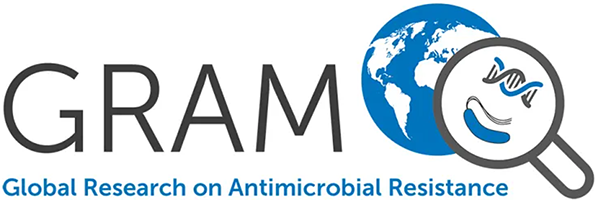Can a conditional financial incentive (CFI) reduce socio-demographic inequalities in home-based HIV testing uptake? A secondary analysis of the HITS clinical trial intervention in rural South Africa.
Inghels M., Kim H-Y., Mathenjwa T., Shahmanesh M., Seeley J., Wyke S., McGrath N., Sartorius B., Yapa HM., Dobra A., Bärnighausen T., Tanser F.
In sub-Saharan Africa, home-based HIV testing interventions are designed to reach sub-populations with low access to HIV testing such as men, younger or less educated people. Combining these interventions with conditional financial incentives (CFI) has been shown to be effective to increase testing uptake. CFI are effective for one-off health behaviour change but whether they operate differentially on different socio-demographic groups is less clear. Using data from the HITS trial in South Africa, we investigated whether a CFI was able to reduce existing home-based HIV testing uptake inequalities observed by socio-demographic groups. Residents aged ≥15 years in the study area were assigned to an intervention arm (16 clusters) or a control arm (29 clusters). In the intervention arm, individuals received a food voucher (∼3.5 US dollars) if they accepted to take a home-based HIV test. Testing uptake differences were considered for socio-demographic (sex, age, education, employment status, marital status, household asset index) and geographical (urban/rural living area, distance from clinic) characteristics. Among the 37,028 residents, 24,793 (9290 men, 15,503 women) were included in the analysis. CFI increased significantly testing uptake among men (39.2% vs 25.2%, p

